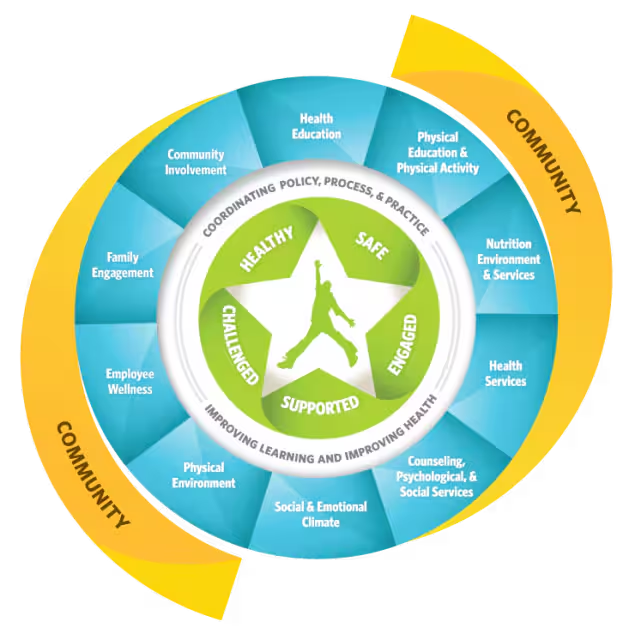fostering the health and well-being of students and staff.
The Healthy Schools program, as outlined on the CDC’s website, is a comprehensive initiative dedicated to fostering the health and well-being of students and staff within educational environments across the United States. Its primary objectives include establishing safe and supportive school atmospheres, encouraging healthy habits among students and staff, and addressing health disparities.
Emphasizing key areas like nutrition, physical activity, chronic disease prevention, mental health, and substance abuse and violence prevention, the program aims to equip schools with the necessary resources and support to promote health and wellness effectively. It underscores the significance of collaboration among schools, communities, and various stakeholders to achieve its goals. By integrating health-promoting practices into the fabric of education, the Healthy Schools program strives to cultivate environments that empower individuals to thrive academically and physically.
The Whole School Whole Community Whole Child (WSCC) model is our framework for addressing health in schools.



